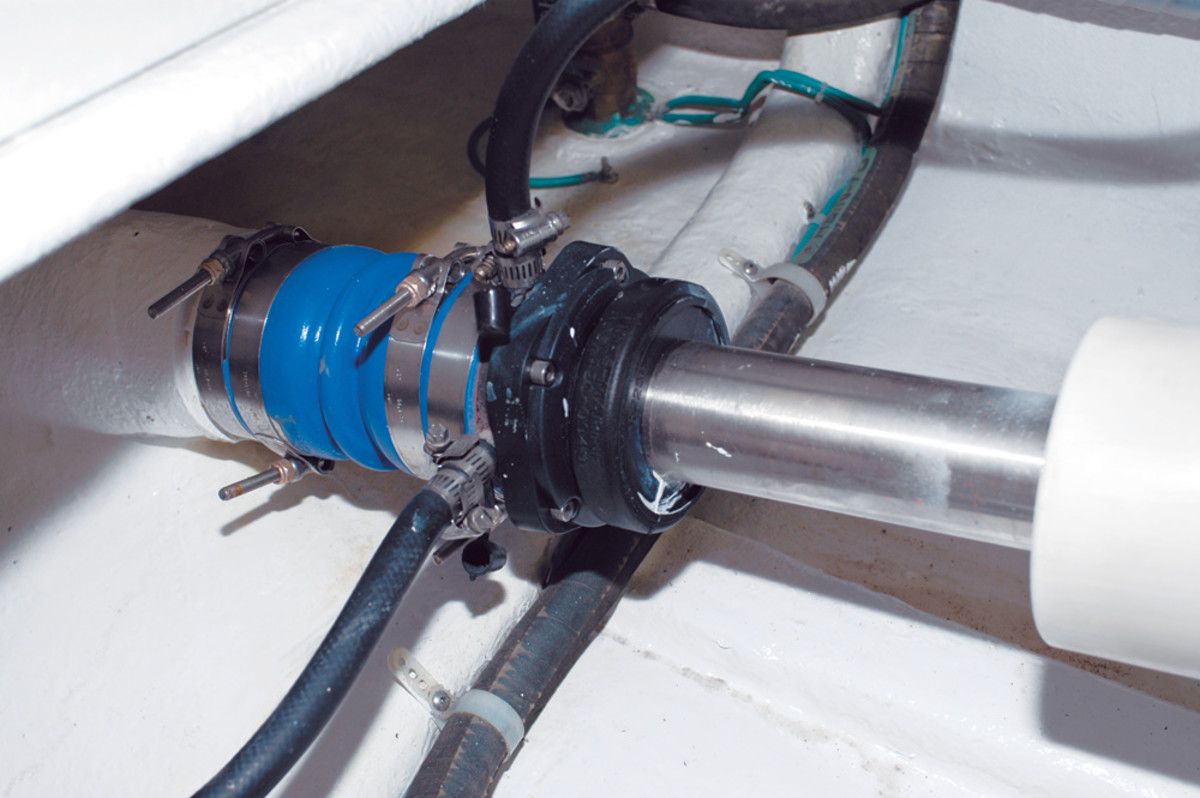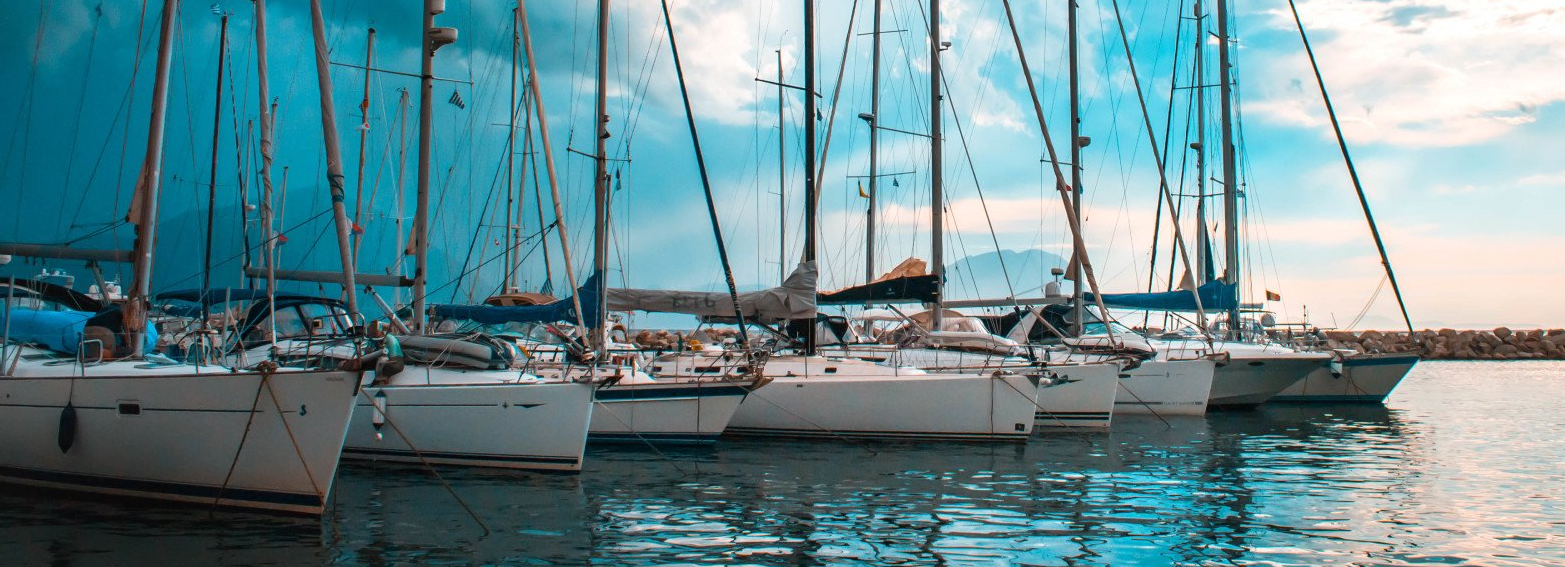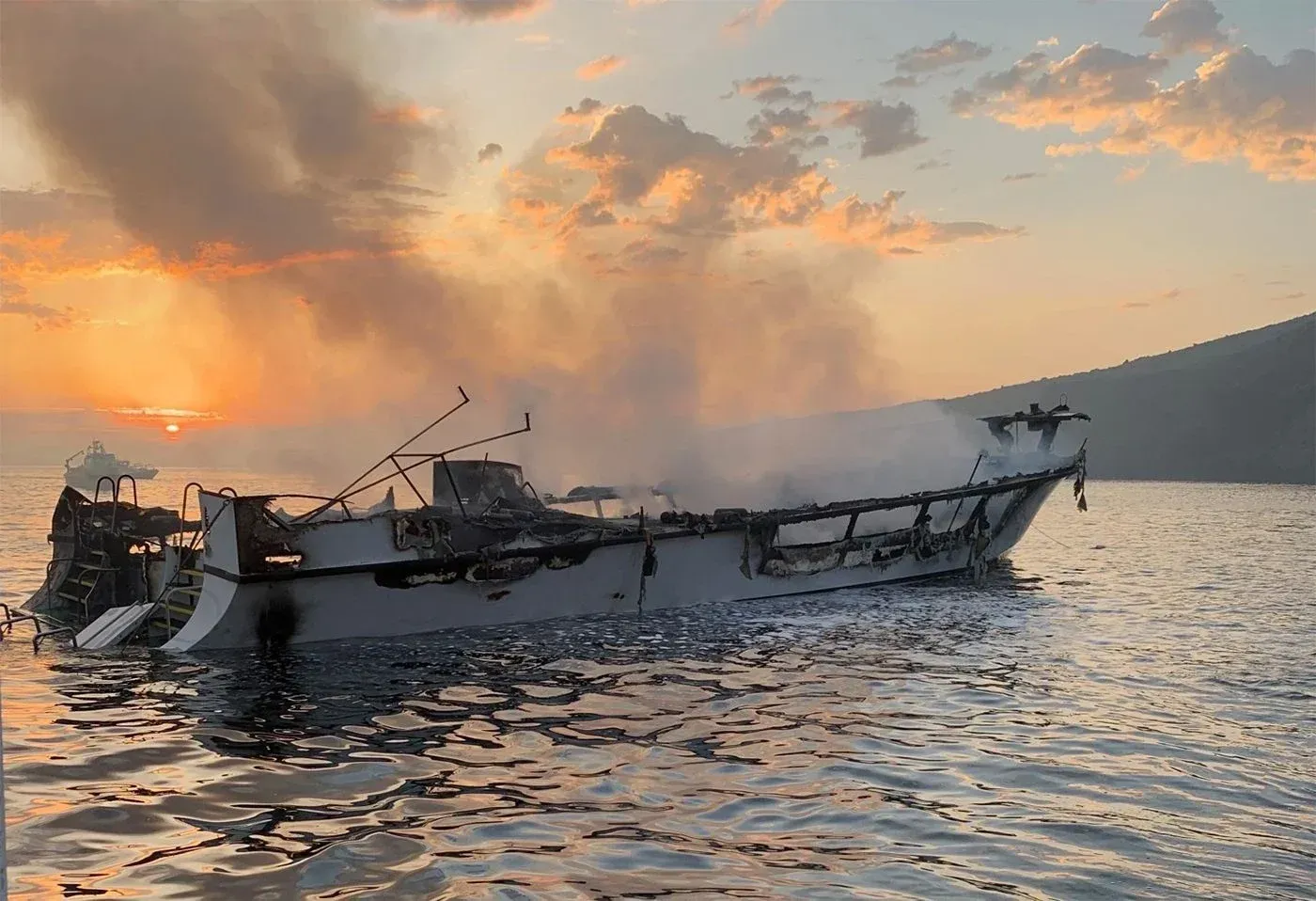YACHT FIRE PROTECTION
Shaft seal Maintenance

The three most common types of shaft seals are the stuffing box/gland packing shaft seal, the packingless shaft seal (PSS), and the lip-style shaft seal.
Lip Style Shaft Seals
Tides also have the benefit of being able to fit a spare seal to the shaft in case of a leaking or damaged original seal. The replacement seal can be fitted in the water, with no need to split the coupling from the shaft and save money on hauling the boat.
(see above)
Packingless Shaft Seals (PSS)
Packingless Shaft Seals (PSS) are the successor to the stuffing box. These shaft seals are dripless and rely on the principles of a mechanical face seal.
When fitting or adjusting these glands, the correct compression of the bellow is crucial, and only soapy water should be used. After slipping your boat for annual maintenance or repairs, on return to water remember to ‘burp’ your PSS before engine startup to vent any trapped air from the stern tube and bellow. This helps with initial sealing and prevents running the seal dry and burning the carbon flange. When burping, be gentle around the water supply fittings as they can break easily.
Stuffing Box/Gland Packing Shaft Seal
Stuffing box seals are designed to drip approximately every 30 seconds, and maintaining the correct tension is crucial. If they are too loose, they will allow a stream of water in. Conversely, if they are too tight, they will not drip at all, causing the internal packing to overheat and burn out while in use. This will lead to the packing losing its sealing capability and dripping or leaking more often than intended.
Footnote for all of the above seals.
A swift assessment of the above style of shaft seals is possible. Simply touch the gland's body while in motion; if it feels warm, it's fine, but if it's too hot to handle, then they're overly tight, or in the case of PPS and Tides seals the water gland is blocked. in which could lead to burnout. A more precise method would be to use an infrared temperature gun to measure their temperature, aiming for below 40°C as the ideal.





